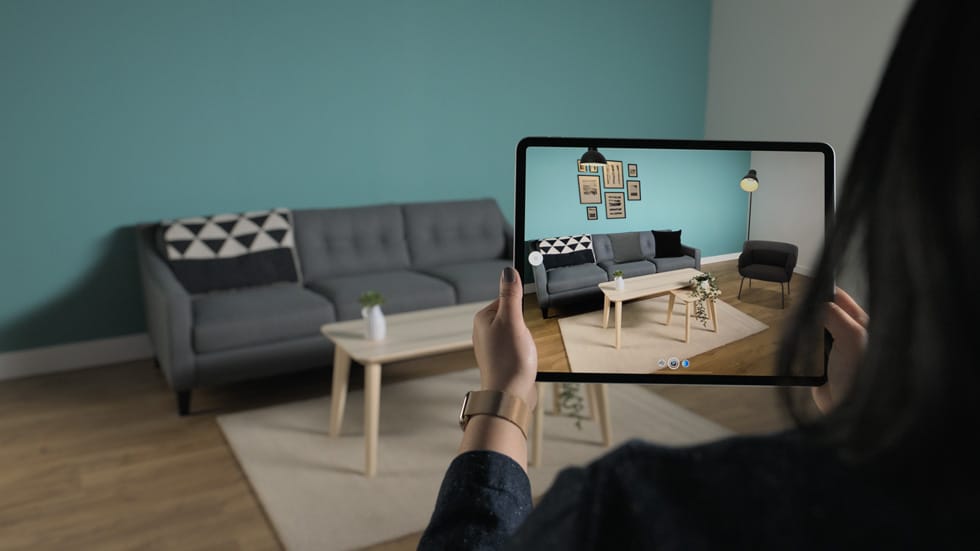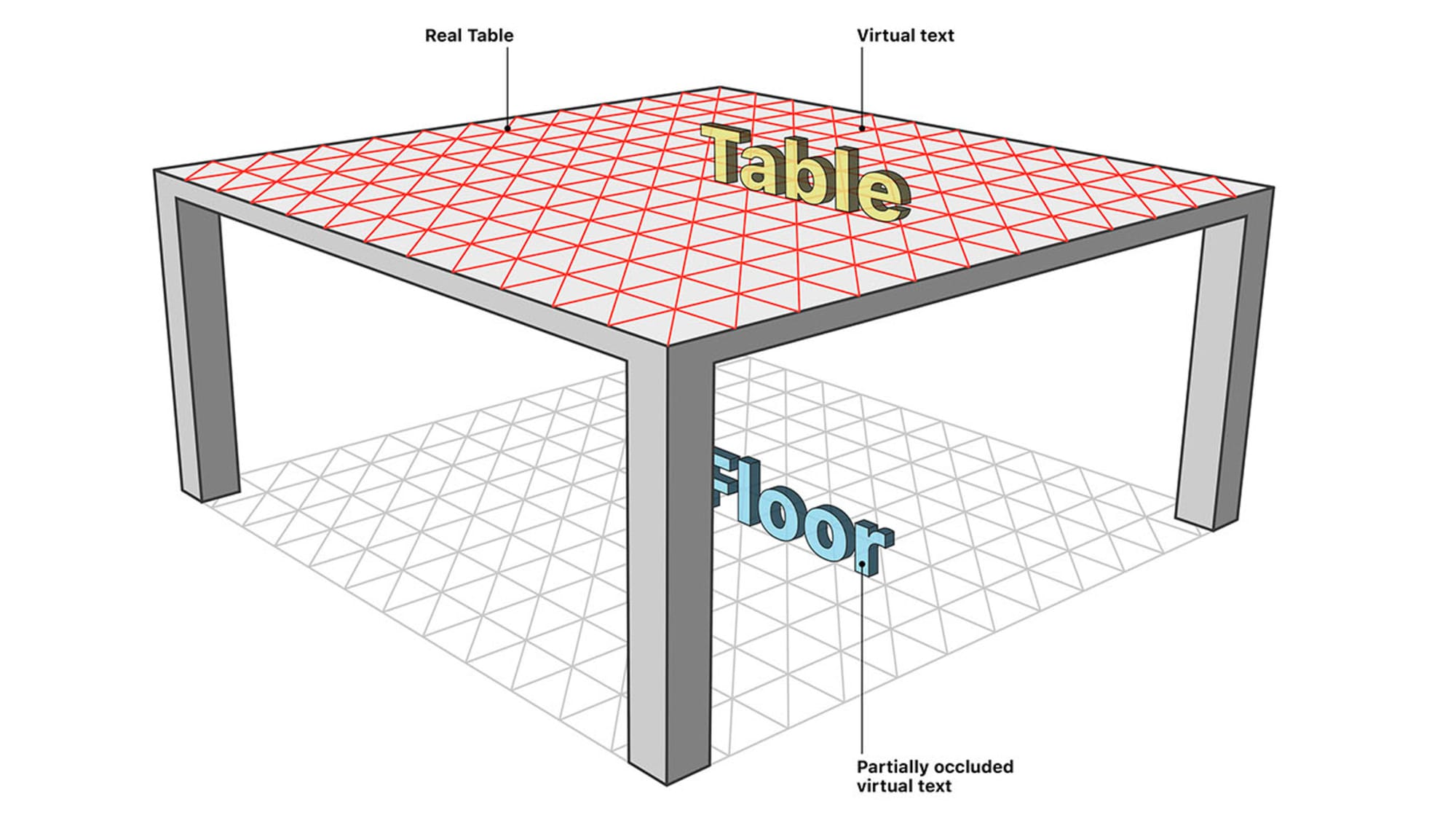Apple unveiled the iPhone 13 lineup at its annual iPhone launch event in September 2021. While the iPhone 13 and 13 Mini were impressive in their own right, it was the 13 Pro and 13 Pro Max that got the crowd buzzing. The Pro models showcase the best of Apple and the possibilities are endless.
Apple took its time explaining all the little quirks and features of the 13 Pro and 13 Pro Max, but they did not say much about the LiDar scanner. Today, we will tell you what the LiDar scanner is and whether the 13 series carries it.
Related: How to Get Rid of ‘Oil painting effect’ on iPhone 13 and 12 Camera
What is LiDar on iPhone?
LiDar on iPhone stands for Light Detection and Ranging. Apple first introduced the LiDar scanner in the iPhone 12 Pro and 12 Pro Max devices in 2020. Apple claimed that it helped with focusing during low-light photography, and the evidence have supported their claims.
This little sensor, arranged neatly inside the camera array, enables depth scanning for the time being. However, the future can turn out to be a lot more colorful.
Related: How to Turn Off Focus on iPhone on iOS 15 [11 Ways Explained]
Does iPhone 13 have LiDar?

Yes, the iPhone 13 series has LiDar-powered phones, but not all of them feature LiDar. Like last year, only the Pro models — iPhone 13 Pro and iPhone 13 Pro Max — have the LiDar sensor. The regular iPhone 13 and the iPhone 13 Mini do not have LiDar and are only marginally different from the iPhone 12 Duo.
Except for the iPhone 13 Pro and iPhone 13 Pro Max, only the iPhone 12 Pro, iPhone 12 Pro Max, and the iPad Pro 2020 come with the LiDar sensor.
Related: Share Focus Status on iPhone Meaning
How does LiDar work?

LiDar is short for Light Detection and Ranging and is practically a type of Time-of-Flight (ToF) camera. It emits lasers and waits for them to come back to the source. The time taken by the beams to traverse back tells LiDar how far the object is from the sensor or phone. LiDar practically lets your phone scan your surroundings and measure distances to objects with commendable accuracy.
Unlike some other implementations that depend on a single light pulse, LiDar on an iPhone or iPad emits waves of light pulses to canvas the area and create an accurate 3D map of surroundings. In simpler terms, the front-firing Face ID camera is practically identical to LiDar. The only difference is LiDar’s range, which stands at about five meters.
Not only does LiDar allow your iPhone 12, iPhone 13, or iPad Pro to focus better in low light conditions, but Augmented Reality (AR) apps also work a lot better with a LiDar enabled device. It will be interesting to see how Apple improves the use cases of LiDar over the coming years.
Related: What is Mail Privacy Protection on iPhone?
How to turn on LiDar on iPhone 13?
The LiDar scanner is located on the backside of your iPhone 13 Pro or iPhone 13 Pro Max, under the tri-camera setup. If you were thinking of using LiDar separately, you are sadly out of luck. Apple does not allow you to turn LiDar on or off, but you can see it in action in any supported application. For example, LiDar gets turned on automatically when you are using the default camera app on your iPhone. Other than the camera app, there are plenty of AR applications that can use LiDar to scan your environment.
RELATED













Discussion